Goya takes part in the defense of his hometown of Zaragoza in the war with the French. He creates his second series of engravings – “Horrors of War.” The series
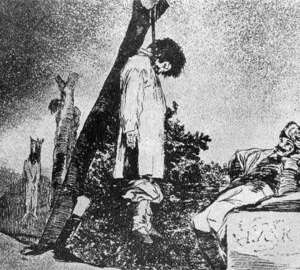

Goya takes part in the defense of his hometown of Zaragoza in the war with the French. He creates his second series of engravings – “Horrors of War.” The series
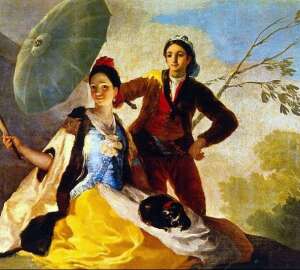
This canvas was created in the so-called era of tapestries – the time when Goya wrote more than 60 samples for making carpets. All of them are amazingly colorful and
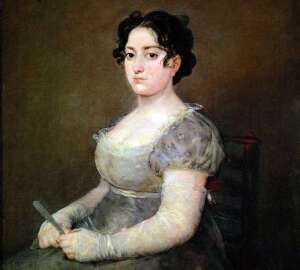
In 1786 Goya became a court painter. Francisco Goya was a magnificent, thin portraitist. While in France in art in general and in the portrait in particular a clear line
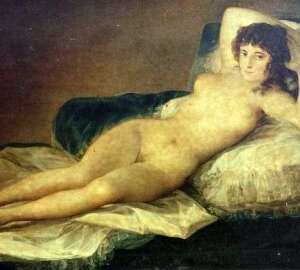
Who is this voluptuous woman, dressed in translucent clothes, more suitable for a harem – in one picture, and a woman shamelessly exposing her beauty to the view of the
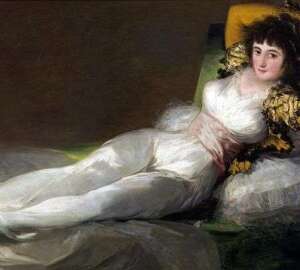
The paintings were written, apparently, especially for the cabinet in the palace of the Prime Minister of Spain Manuel Godoy, who adorned the images of nude nature. There is a
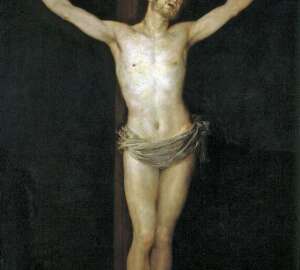
Religious subjects occupy a prominent place in Goya’s work, but these works are less well-known, as critics most often emphasize the artist’s innovation and only superficially touch on the connections
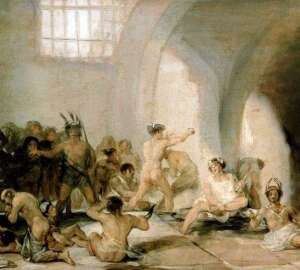
The picture is the interior of a madhouse. A vast room, reminiscent of a cellar, bare stone walls with arches. Light falls into the openings between the vaults and the
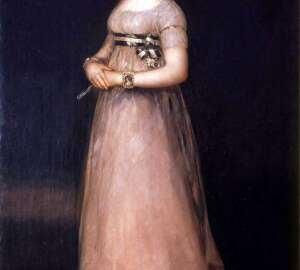
The stretched format of the picture and the thickening darkness as background give the countess a particular fragility, accentuated by a light, airy dress of light gray-brown color with pink
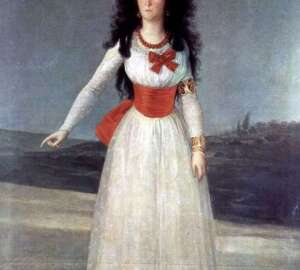
The Duchess of Alba came from an ancient, influential and very wealthy family. Her husband, the Duke of Alba, was pampered, inert, but very educated, fond of music. To his
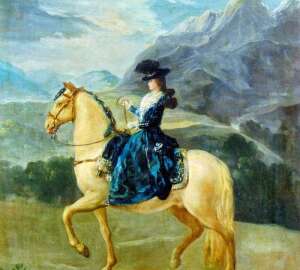
One of the most mysterious Spanish artists, Francisco Goya worked extensively at the royal court, where he painted this portrait of Maria-Theresa de Bourbon-i-Vallabriga, the future Countess de Chinchon, portraying
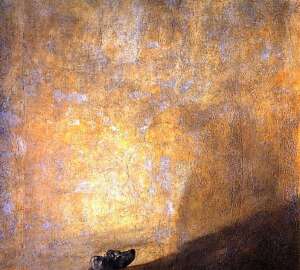
Between 1820 and 1823, Goya decorated two large rooms of his house with a series of paintings, which later became known as “blacks” for their gloomy colors and themes, reminiscent
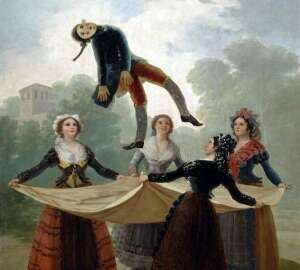
This is one of Goya’s latest and most famous cardboard, created by him for the Royal Tapestry Manufactory of Santa Barbara. The cartons helped the artist gain recognition, but Goya